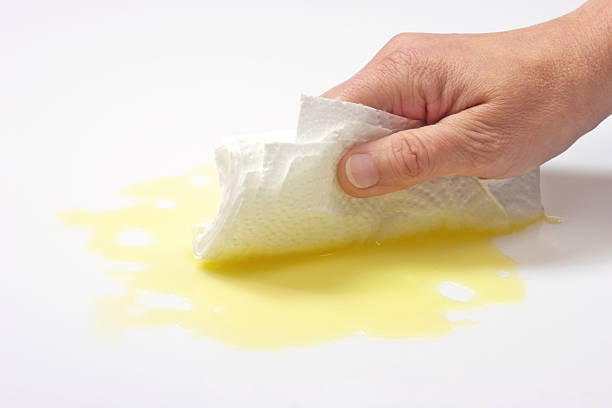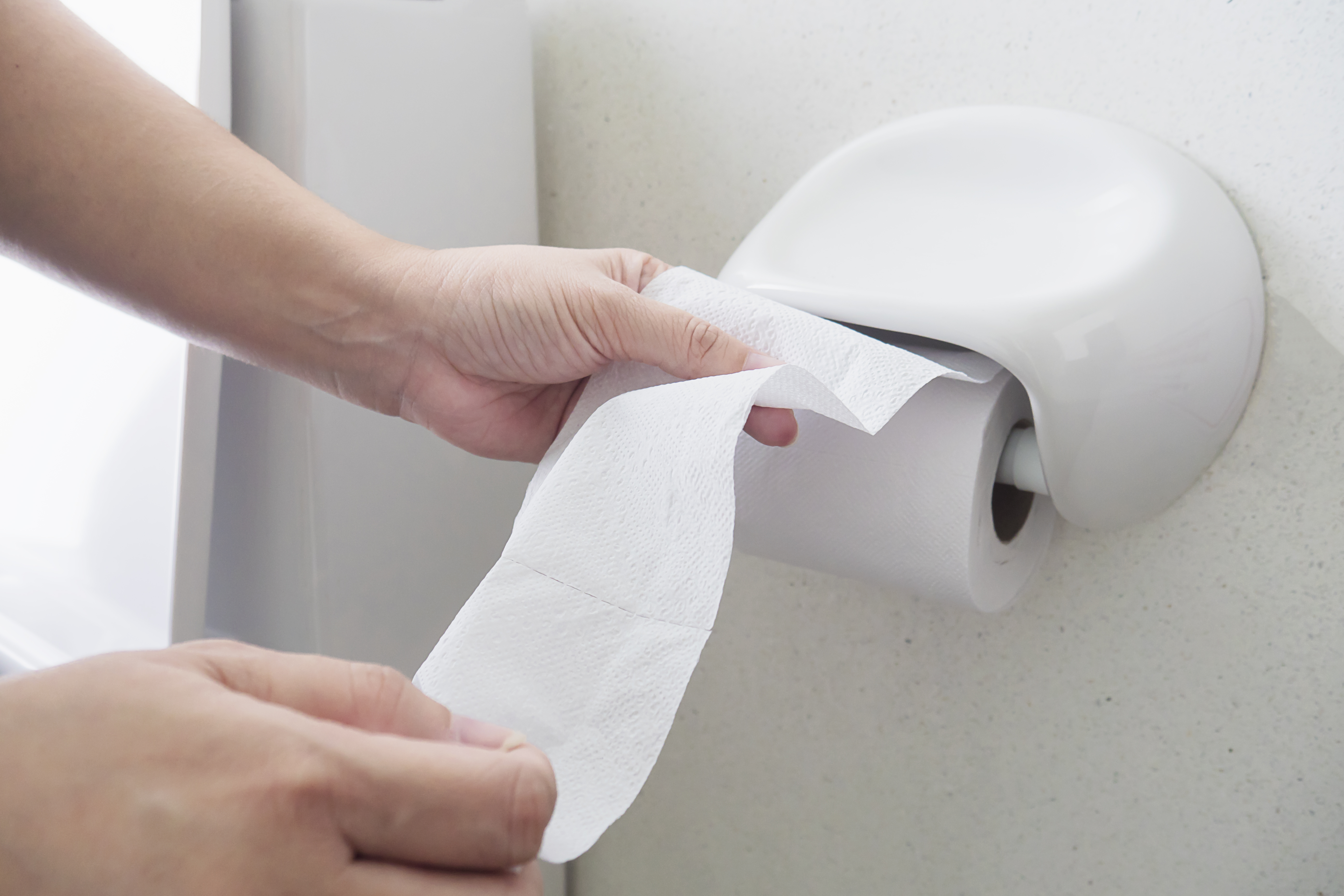The transformation of raw materials into the tissue paper we use every day is a remarkable process that involves a series of intricate steps and advanced technologies. This journey, from tree to tissue, highlights the sophisticated techniques and dedication required to produce high-quality paper products. Let’s explore the fascinating process behind this essential commodity.
1. Harvesting and Preparing the Raw Materials
The journey begins in the forest, where trees are harvested for their fibers. Typically, softwood trees such as pine, spruce, and fir are preferred due to their long fibers, which contribute to the strength and quality of the paper. Once the trees are felled, they are transported to a paper mill where they undergo several preparation stages.
Debarking
The first step in preparing the wood is debarking, where the outer bark is removed to ensure that only clean wood is processed. This is done using large machines known as debarkers.
Chipping
After debarking, the wood is chipped into small, uniform pieces. These wood chips are crucial for the next stage of the process.

2. Pulping: Breaking Down the Wood
The wood chips are then subjected to the pulping process, where they are transformed into a fibrous slurry known as pulp. There are two main methods for pulping: mechanical and chemical.
Mechanical Pulping
In this method, the wood chips are ground to separate the fibers. Mechanical pulping is less expensive but results in a lower-quality pulp with shorter fibers.
Chemical Pulping
This method involves treating the wood chips with chemicals to dissolve the lignin, the substance that binds fibers together. The two primary chemical processes are the Kraft process and the sulfite process. Chemical pulping produces higher-quality pulp with longer fibers and is more commonly used for tissue paper production.
Bleaching
After pulping, the pulp is bleached to remove any remaining lignin and to achieve the desired whiteness. Various bleaching agents, such as chlorine dioxide or oxygen, are used to achieve the required level of brightness.
3. Forming the Paper
The bleached pulp is now ready to be formed into paper. This process involves several key steps:
Formation
The pulp is diluted with water to create a slurry, which is then spread onto a moving mesh screen or wire. As the water drains away, the fibers begin to bond together, forming a continuous sheet of paper.
Pressing
The wet paper sheet is passed through a series of rollers known as presses. This step removes excess water and compacts the fibers, increasing the paper’s density and strength.
Drying
The pressed paper is then dried using heated rollers or air dryers. This step ensures that the paper reaches the desired moisture content and is ready for further processing.
4. Converting and Finishing
Once the paper is dry, it is wound into large rolls known as parent rolls. These rolls undergo various finishing processes to prepare them for use in tissue products.
Coating and Adding Additives
Depending on the desired qualities, additional coatings or additives may be applied to enhance softness, strength, or absorbency. For tissue paper, additives such as moisturizers or fragrances may be included.
Slitting and Reeling
The parent rolls are then slit into smaller rolls or sheets of the appropriate size. These smaller rolls are reeled and packaged for distribution.
Converting to Tissue Products
The final stage involves converting the rolls of paper into tissue products such as toilet paper, facial tissues, and paper towels. This process may include embossing, perforating, and packaging.
5. Quality Control and Testing
Throughout the production process, rigorous quality control measures are in place to ensure that the final tissue products meet industry standards. Various tests are conducted to assess factors such as strength, absorbency, and softness.
Conclusion: A Complex Journey
The journey from tree to tissue is a complex and meticulously controlled process that combines natural resources with advanced technology. Each step, from harvesting and pulping to finishing and converting, plays a crucial role in producing high-quality tissue paper. As consumers, we often take for granted the sophistication behind this everyday product, but understanding the intricate process highlights the dedication and expertise involved in bringing tissue paper to our homes and businesses.






